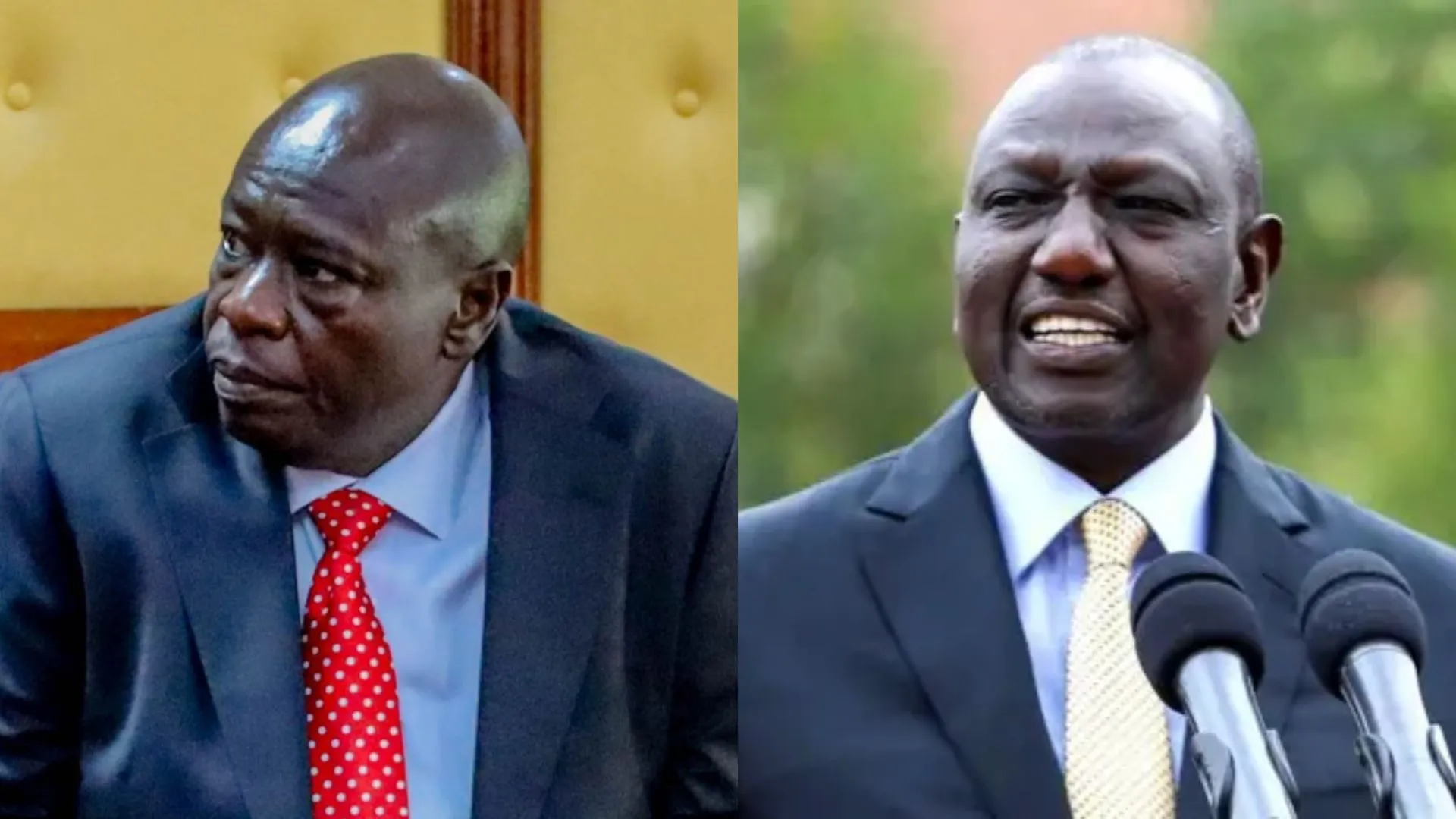Losing a deputy just two years into a joint presidency could typically signify a significant setback for a leader. However, in Kenya, President William Ruto’s decisive action against Deputy President Rigathi Gachagua suggests otherwise. When Gachagua began to undermine Ruto, the president wasted no time in executing his removal.
A Lesson from the Past
Ruto, who has firsthand experience of the consequences of a rift between a president and his deputy from his time with former President Uhuru Kenyatta, understood the potential chaos. The political turbulence unfolding in Kenya was not just a matter of concern for Ruto but for the entire nation, as the impeachment proceedings unfolded in a highly publicized manner.
Mixed Reactions Across the Nation
The impeachment process was closely monitored by Kenyans, sparking a rollercoaster of emotions. Initial feelings of betrayal and disappointment were evident, particularly from Gachagua’s home region of Mount Kenya. Yet, as the dust settled, acceptance began to replace discontent, largely due to the appointment of Kithure Kindiki, another local figure, as Gachagua’s successor.
The Significance of Mount Kenya
Mount Kenya holds substantial political weight, contributing about a quarter of the nation’s votes. Historically, three of Kenya’s five presidents have hailed from this region, underscoring its importance in national politics. Ruto’s victory over Raila Odinga in the closely contested 2022 election was significantly bolstered by the support from Mount Kenya.
Gachagua’s Political Missteps
Gachagua’s political ambitions ultimately led to his downfall. Accusations of promoting ethnically divisive politics marred his reputation. He notably coined the phrase “usiguze mlima,” translating to “don’t touch the mountain,” positioning himself as a defender of the region. Clips from the impeachment proceedings showcased his divisive rhetoric, which provoked backlash from lawmakers representing other regions.
Ruto’s Silence Speaks Volumes
Throughout the impeachment process, Ruto maintained a notable silence, even as pleas for intervention emerged. This was a stark contrast to the chaos seen during Kenyatta’s tenure when a similar rift led to significant political turmoil.
Gachagua’s Replacement: A Strategic Move
The choice of Kindiki as Gachagua’s replacement was anticipated. With a solid political background and support from the Mount Kenya bloc, Kindiki’s appointment has helped ease the local frustrations that arose from Gachagua’s impeachment. Acceptance of this new leadership is seen as crucial for maintaining unity ahead of upcoming elections.
A New Political Alliance
The successful impeachment process was significantly aided by Ruto’s surprising alliance with his former rival, Odinga. The partnership, marked by mutual interests, facilitated the overwhelming support needed to remove Gachagua. This collaboration reflects the unpredictable nature of Kenyan politics, where allegiances can shift rapidly.
The Future of Gachagua
Gachagua now faces an uncertain political future, challenging his impeachment in court. A successful appeal could revive his political ambitions, while failure would bar him from public office for a decade. At 59, Gachagua’s late entry into politics raises questions about his potential comeback or further descent into political obscurity.
An Ever-Changing Landscape
Despite the apparent rift between Ruto and Gachagua, the nature of Kenyan politics suggests that reconciliation is always possible. As political landscapes shift, the possibility of future alliances remains, with leaders often finding ways to reforge connections.
Kenya’s political arena is characterized by constant change, where strategic maneuvering and regional alliances play crucial roles in shaping leadership dynamics.
(INCLUDES INPUTS FROM ONLINE SOURCES)
ALSO READ: King Charles Lands In Sydney, Kicking Off Historic Australian Tour























